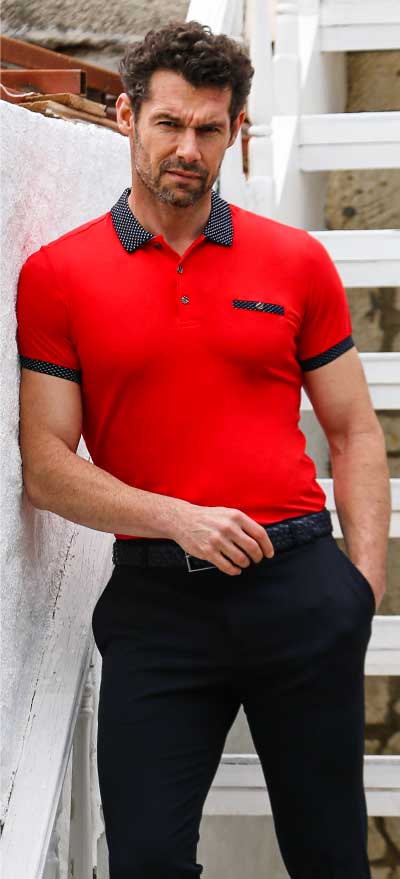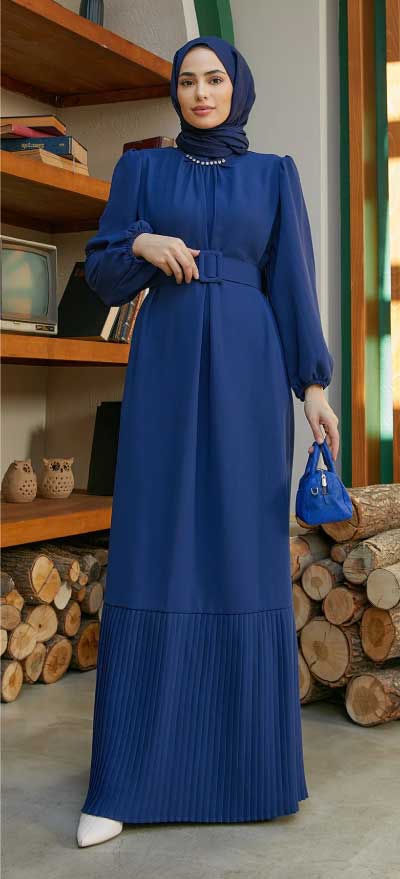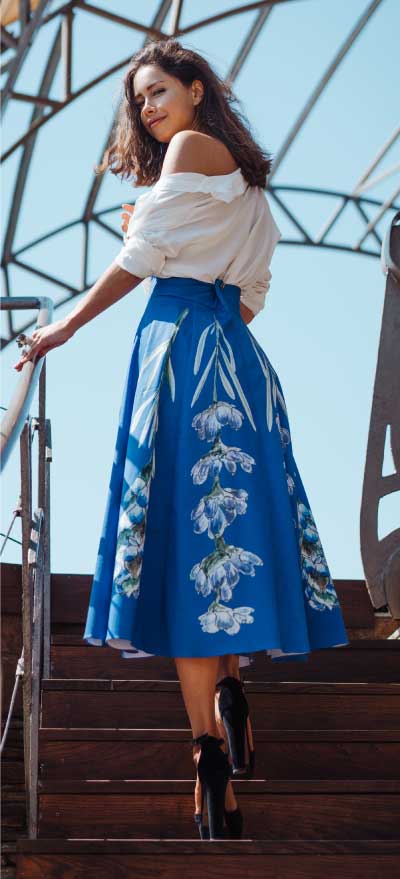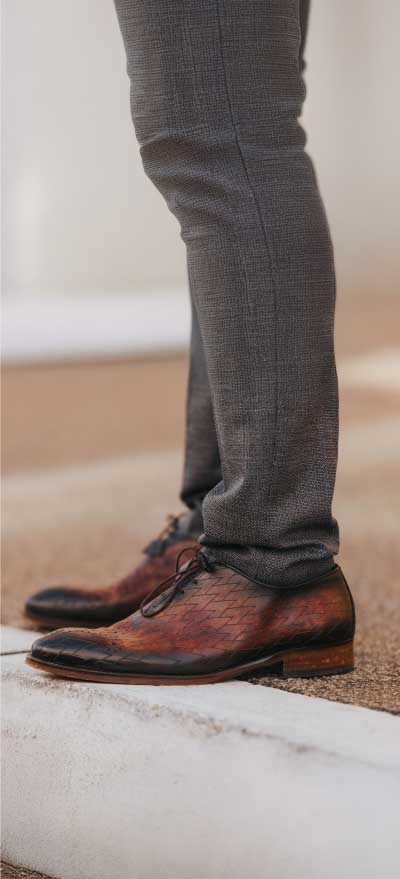How Much Does It Cost To Make T-shirts In Bulk?
When considering the cost of making t-shirts in bulk, several factors come into play that can significantly influence your overall expenses. Below is a detailed breakdown of the key components that contribute to the pricing of bulk t-shirt production.
1. Material Costs: The type of fabric you choose plays a crucial role in determining the cost. Cotton, polyester, and blends each have different price points. High-quality materials will generally increase your costs but can also enhance the perceived value of your product.
2. Printing Techniques: The method used for printing designs on t-shirts affects both quality and cost. Common techniques include screen printing, digital printing, and heat transfer. Screen printing is often more economical for larger quantities but may require setup fees.
3. Order Quantity: Bulk orders typically come with lower per-unit costs due to economies of scale. However, minimum order quantities (MOQs) can vary by supplier, so it’s essential to understand how many shirts you need to order to benefit from wholesale pricing.
4. Design Complexity: Simple designs with fewer colors are less expensive to print than intricate ones with multiple colors or detailed graphics. This factor should be considered when budgeting for your bulk order.
5. Supplier Location: Where you source your t-shirts can affect shipping costs and lead times. Local suppliers may reduce shipping fees but could have higher material costs compared to overseas manufacturers who offer competitive prices for bulk orders.
6. Customization Options: Additional features such as tags, labels, or special finishes can add to the overall cost per shirt but may be necessary depending on your branding needs.
7. Shipping Costs: Don’t forget that shipping costs must be factored into your total budget when ordering in bulk, especially if sourcing from international suppliers where tariffs might apply.
8. Quality Assurance: Investing in quality control measures ensures that you receive a product that meets your standards but may also add additional costs upfront.
9. Payment Terms and Discounts: Many suppliers offer discounts for upfront payments or larger orders which can help lower overall expenses if planned accordingly.
10. Market Research & Trends: Understanding current market trends can help guide design choices and material selection which ultimately impacts sales potential and profitability.
At Wessi, we pride ourselves on providing high-quality men's clothing options at competitive wholesale prices—ideal for businesses looking to make an impact with stylish apparel without breaking the bank!








































